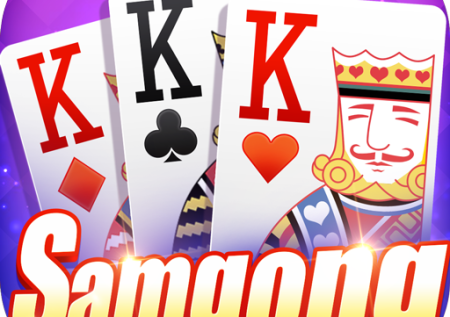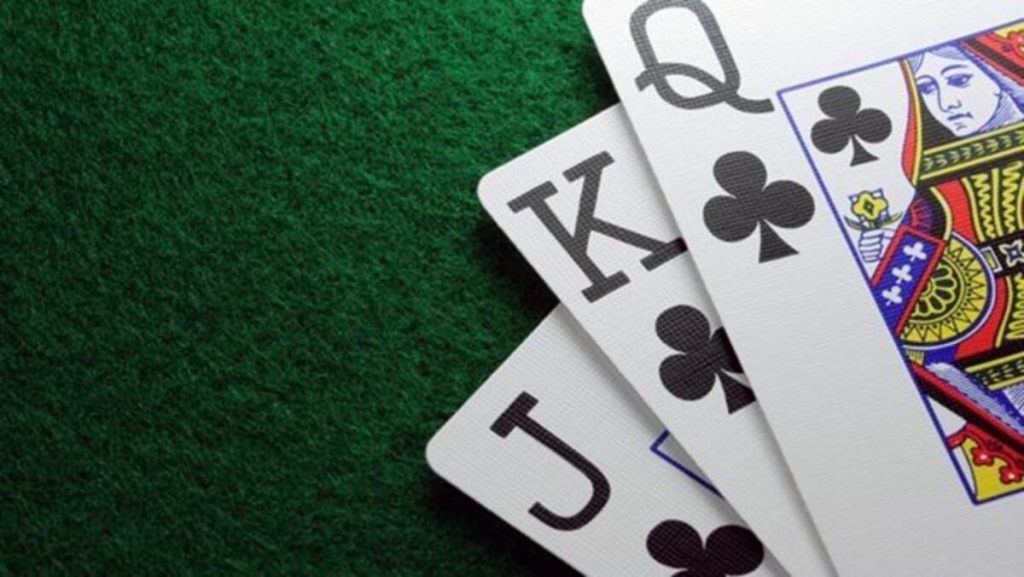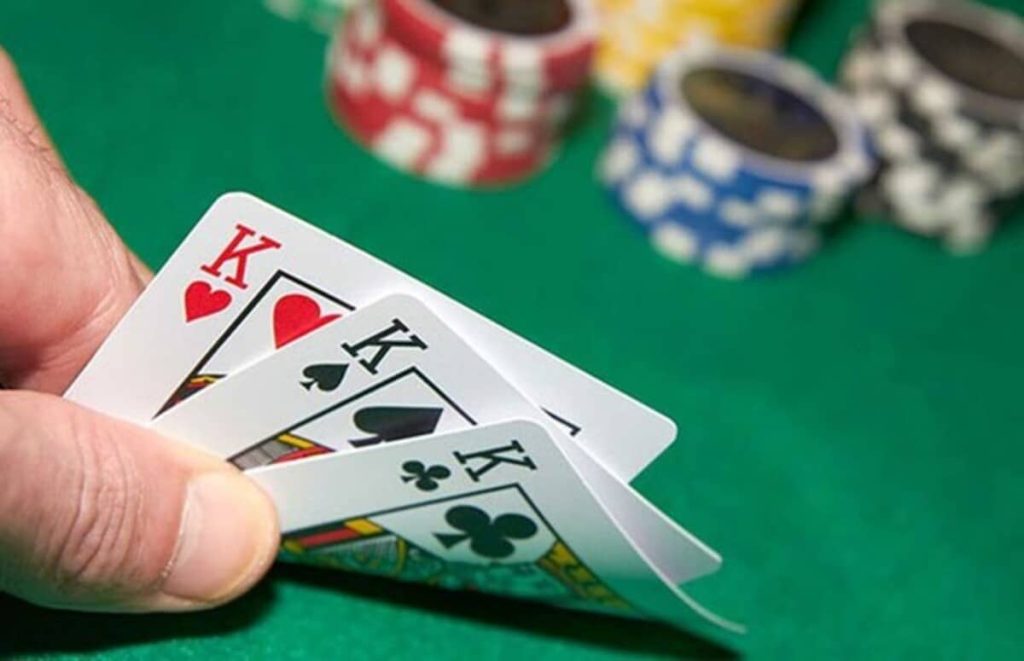


Samgong is a popular card game primarily played in locations such as Macau, Hong Kong, Taiwan, and Fujian. The game is played by 2-6 players simultaneously. The gameplay of Samgong is simple, and the outcome is mostly based on luck. It is also popular among other card games.
After the game starts, the system deals three cards to each player, with their values hidden. All players then have the opportunity to become the dealer by bidding.
If multiple players bid to become the dealer, one player is randomly selected from the bidders. If no one bids, a player is randomly chosen from all players to become the dealer.
Betting begins.
After the dealer is determined, all other players start placing their bets. The more coins the dealer and players have, the higher the maximum betting amount.
Features of Samgong:
After all players have placed their bets, they can click the “Show Cards” button to reveal their hand.
Card Ranking:

Profit Calculation:
The maximum potential profit or loss in the game will depend on the amount of coins brought into the game. For example, if you invest 80 dollars in the game, theoretically you could win 200 dollars, but since the maximum amount you could lose is 80 dollars, it is fair to say that the maximum potential profit is 80 dollars, not 200 dollars.
Special Conditions:
If the dealer’s loss is insufficient, the profit will be settled proportionally according to the theory of the players. For example: There are 100 dealers who all lose at once. The theoretical profit for Player A should be 200, for Player B should be 200, and for Player C should be 400. However, since the dealer’s loss is insufficient, the actual profits will be calculated proportionally as follows:
The winner receives a bonus of 5% of the winning amount.
Note: A = Room Notice, M = Multiplier of Dealer’s Card Type, N = Multiplier of Player’s Card Type, Y = Bet Multiplier.
Three types of special conditions for public dealers: if the dealer is unable to cover the losses, the profits will be settled proportionally based on the players’ theoretical winnings. For example, if there are 100 dealers and they all lose, theoretically, player A should win 200, player B should win 200, and player C should win 400. However, since the dealers cannot cover the losses, the actual profits for A, B, and C are calculated proportionally as follows: A’s actual profit = 200 / (200+200+400) * 100 = 25%, B’s actual profit = 200 / (200+200+400) * 100 = 25%, and C’s actual profit = 400 / (200+200+400) * 100 = 50%. The Sangong Game Committee awards winners with a 5% bonus. The actual settlement formulas for the three games are as follows: Dealer’s profit = A * M * Y – commission, Dealer’s loss = A * N * Y, Player’s profit = A * N * Y – commission, Player’s loss = A * M * Y.